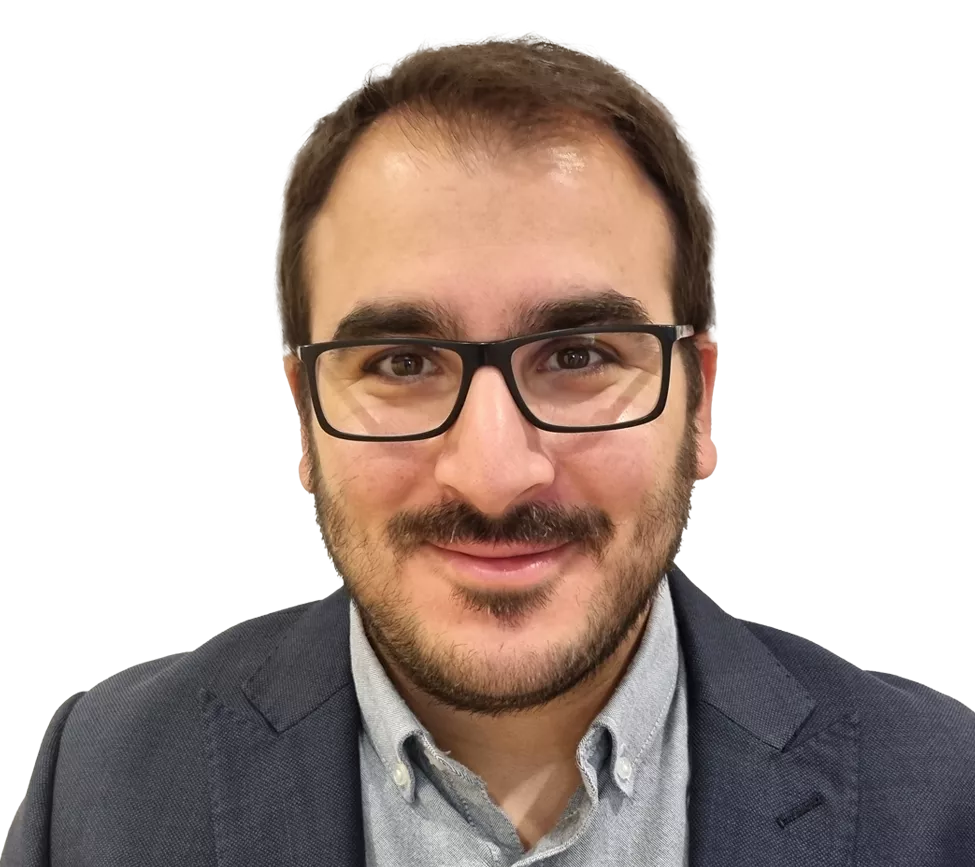

- Ph.D., Bioengineering Research, Imperial College London, UK, 2016
- M.Sc., Biomedical Engineering, Imperial College London, UK, 2012
- M.Eng., Mechanical Engineering, Aristotle University of Thessaloniki, Greece, 2011
- Member of the Technical Chamber of Greece
- French (France)
- Greek
Dr Grigoriadis specializes in solid mechanics, computational mechanics and biomechanics. He uses computational modeling to assess and improve the performance of products and processes. This includes advanced finite element modeling of non-linearly viscoelastic/plastic materials, dynamic loads, thermo-structural loading conditions, dynamically changing contacts, and areas of failure. He also uses computer aided design tools to develop novel or improve existing designs of mechanical systems. He has also extensive experience in designing and performing physical experiments to characterize the material behavior of complex structures and materials, such as lattices, foams, rubbers and polymers. He has offered his services to clients from a wide variety of industries including oil and gas, additive manufacturing, medical device, defense, aerospace, automotive, water and waste treatment, and construction.
As a consultant engineer Dr Grigoriadis has worked in numerous innovative research and development projects, requiring multiple engineering skills, such as the development of an automated harvesting robot, development of a satellite radiation shield, optimization of structures in defense applications using topology optimization and incorporating metal lattice structures, and the development of a testing apparatus, including computational and physical testing processes, to optimize the manufacturing parameters of flexible gas and oil pipes.
As a Research Associate at Imperial College London, Dr Grigoriadis focused on the development of assistive medical devices including orthotic and prosthetic devices and a pressure ulcer prevention cushion that led to several grants and two patents. His doctorate work investigated the behavior of the human lower limb when exposed to underbody blast conditions. For this purpose, he designed an experimental protocol and performed several tests on surrogate lower limbs, including anthropometric testing devices and post-mortem human subjects, and developed a computational model of the lower limb able to replicate underbody blast loading scenarios accurately. The model has been since used to design efficient mitigation and rehabilitation strategies. He has also developed an automated inverse finite element algorithm to derive non-linear material properties of biological tissues under high-rate loading that he then used for industrial projects.
